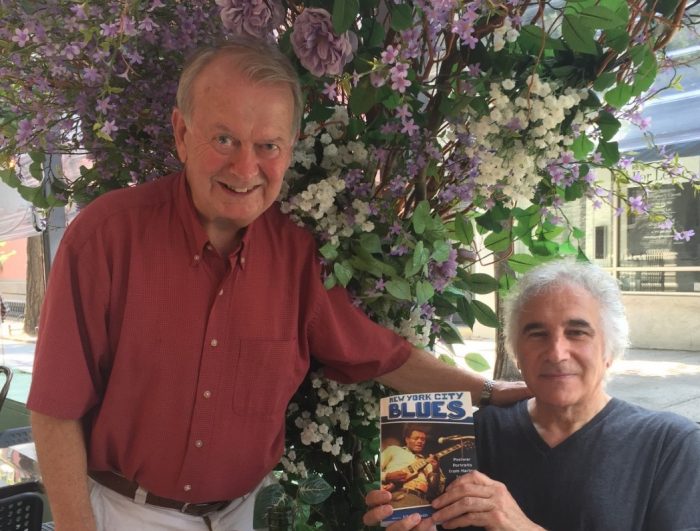Reviewed by Jeffrey Sanzel
I’ll Wait for You, subtitled An Adoption Memoir (Red Penguin Books), is Eileen Mary Coyne Resta’s honest and open account of her search for and discovery of her birth mother. Born Marie Monique Comtois, the author presents an account that is both a quest for information and an exploration of the power of family—and families. While many works on the topic focus on “nature vs. nurture,” Resta spotlights her tale’s human aspects and interpersonal events.
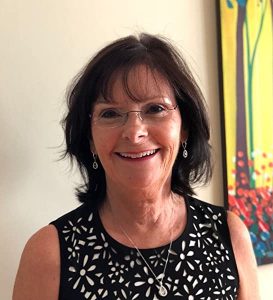
Resta was born in Montreal on June 6, 1949. She was adopted three months later and brought home to Brooklyn on September 9. The family eventually moved to Long Island, settling in Greenlawn. She grew up in a happy family, along with an adopted brother, Brian. She was surrounded by love and acceptance. However, the siblings were told not to share their origins, as there was often a stigma associated with adoption.
The book traces her childhood through marriage and, eventually, her own children. Her narrative is a well-crafted and informative portrait of life in the 1950s and 60s: bike rides and dancing school, secretarial college, and the Manhattan commute on the 7:07. She describes meeting her husband, Claude, their subsequent courtship, and the life they built together. Resta has lived with an appreciation of every moment, relishing gifts both large and small. At age thirty-seven, she returned to school and embarked on a career as an elementary school teacher and then a reading specialist.
The matter of her birth family followed her—as it does all children in the same situation. So much comes from a sense of being different: “I think most adoptees miss looking at a family member and seeing a little of themselves looking back.” She is not bitter but ruminative. She found that reflection with the birth of her daughter: “When my daughter was born, it was a new experience.”
But still, questions always lingered:
As I reflect on my life as an adopted child, and its part in my growing up, I remember wondering who my birth parents might have been but then quickly putting it out of my mind. Why dwell on what you cannot know and especially on something that could upset your parents? Adoptees often fantasize about who their birth parents are. I read that most adoptees think they are descended from either royalty or criminals.
It was not until 2010 that she sought her birth mother. By then, both her parents and her brother had passed away. The book thoroughly details her search. Starting with the orphanage where she stayed briefly, she explains each step in the odyssey to being reunited with her birth mother, Mireille Comtois, who had looked for her several times over the years. The fear of rejection is one that haunted Resta. “I think my adoptees may feel as if they didn’t count, knowing the occasion of their birth was not one for celebration.”

The day of their first meeting was April 14, 2011; Resta was sixty-one, and her birth mother was eighty-one, living in a nursing home, suffering from mild dementia. However, their bond was immediate and beautiful in Resta’s moving description. They were able to share a short but rich relationship. In addition, Resta gained three brothers and their families, developing a lasting connection.
Family is the overriding theme in I’ll Wait for You. Throughout her life, Resta has put family center. Whether it is the one in which she grew up, her husband’s family, or her newfound Canadian clan, the power of belonging is one that she clearly celebrates with a full heart, finding new pieces of herself. She shares both her idyllic moments as well as her struggles. She does not shy away from doubts. But ultimately, her positivity permeates the entire story. She has lived in gratitude, from the family that chose her to finding the woman who gave her life.
In one of the final chapters, “Reflections,” Resta opens up about many of the more introspective thoughts that arose from her adoption, contrasting her personality with that of her adoptive mother, touching on their “ups and downs.” This led to speculation on the similarities between her and Mireille. Having met Mireille towards the end of her life, many questions remained unanswered. “Reflections” is followed by “Peace,” an appropriate coda and a tribute to a certain amount of acceptance and emotional closure. While she ponders some of the lost opportunities, she embraces her achievement: “The peace I was able to bring to her and the peace she gave to me.”
The book’s dedication best sums up Resta’s goal: “This memoir is dedicated to my two mothers. The one who gave me life and the one who raised me. One from afar and one close and constant. I’m forever grateful to both.”
I’ll Wait For You: An Adoption Memoir is available online at Amazon.com and BarnesandNoble.com.


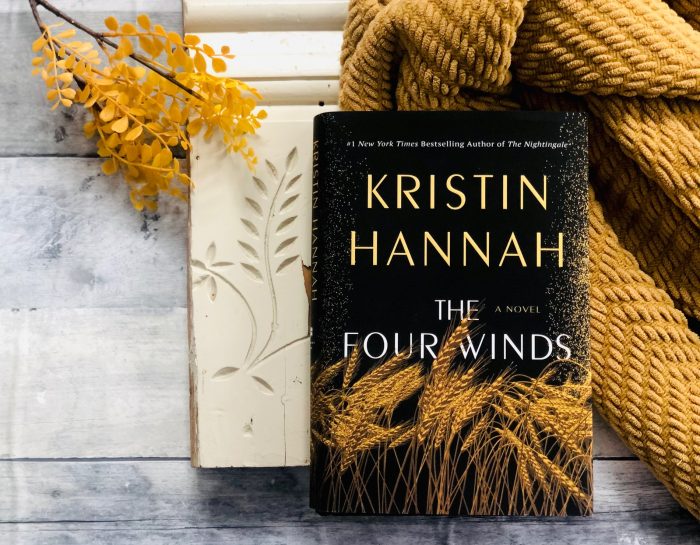

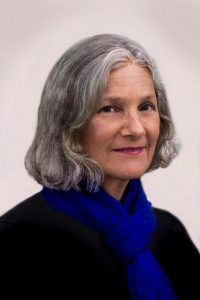
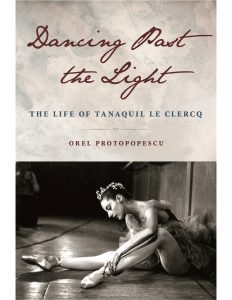
 That book, The Whaler’s Daughter (Regal House Publishing), a historical seafaring novel, complicated the visual storytelling.
That book, The Whaler’s Daughter (Regal House Publishing), a historical seafaring novel, complicated the visual storytelling.




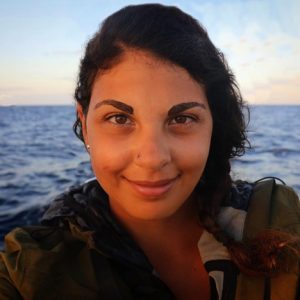

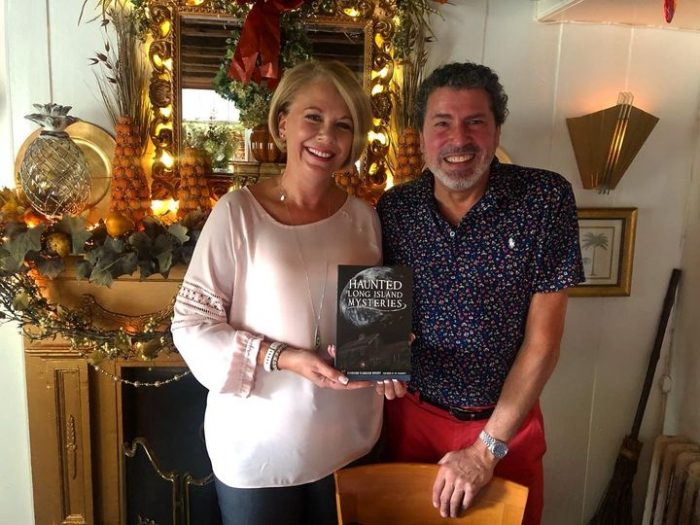
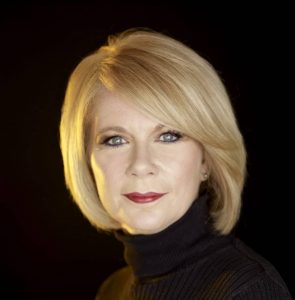
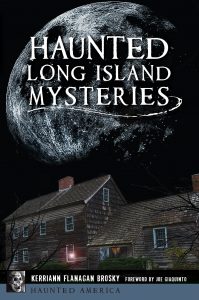 The book contains accounts of orbs of light, dark silhouettes, footsteps in the middle of the night, and slamming doors. There are rooms where the temperature is exceptionally and inexplicably cold. There are scents with no source. But it is not about things that go bump in the night (though many do, including the voice of a screaming woman). Instead, it is about the energy and the presence (perhaps more blessed than haunted). Most of the encounters are with benign and even welcoming entities. Whether focusing on a member of the Culper Spy Ring, a library custodian, a mother guilty of filicide, or victims of a shipwreck, Brosky shows respect for her mission.
The book contains accounts of orbs of light, dark silhouettes, footsteps in the middle of the night, and slamming doors. There are rooms where the temperature is exceptionally and inexplicably cold. There are scents with no source. But it is not about things that go bump in the night (though many do, including the voice of a screaming woman). Instead, it is about the energy and the presence (perhaps more blessed than haunted). Most of the encounters are with benign and even welcoming entities. Whether focusing on a member of the Culper Spy Ring, a library custodian, a mother guilty of filicide, or victims of a shipwreck, Brosky shows respect for her mission.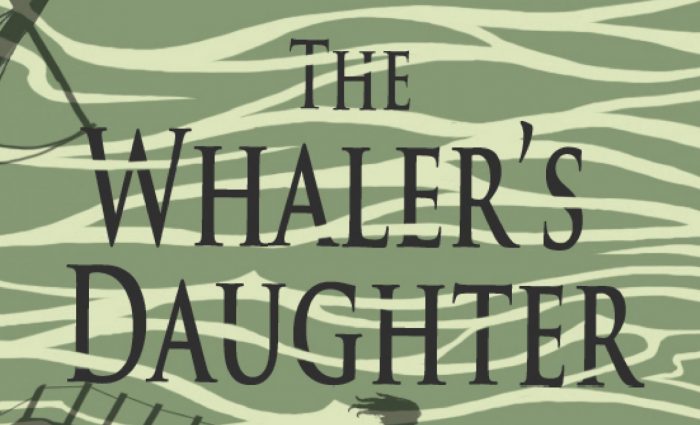

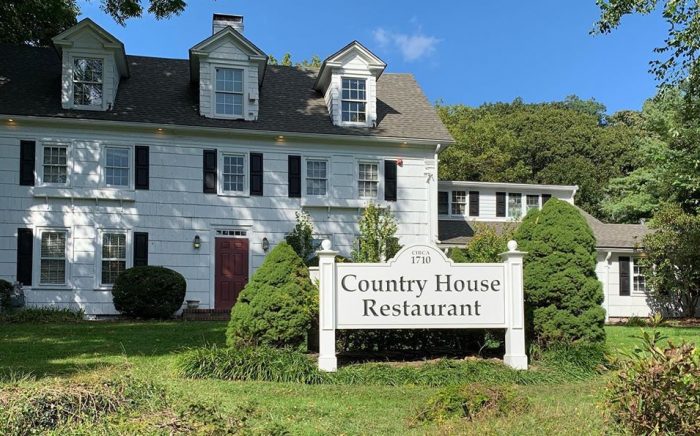

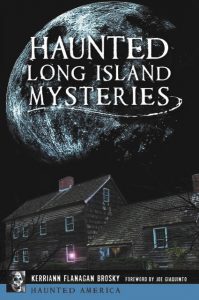 The Country House Restaurant was originally a residential home from 1710 to 1970. Annette Williamson, daughter of the family that owned the house, resided there before the Revolutionary War. She is said to haunt the restaurant, as she was murdered by local townspeople for supposedly being a British spy. In the late 1800s it became the home of a famous British actor, Thomas Haddaway – who would hold meetings of spiritualism, including séances to contact the dead, with local neighbor, artist and poet William Sidney Mount. The Country House Restaurant has been the destination of ghost hunters and those fascinated with hauntings for centuries.
The Country House Restaurant was originally a residential home from 1710 to 1970. Annette Williamson, daughter of the family that owned the house, resided there before the Revolutionary War. She is said to haunt the restaurant, as she was murdered by local townspeople for supposedly being a British spy. In the late 1800s it became the home of a famous British actor, Thomas Haddaway – who would hold meetings of spiritualism, including séances to contact the dead, with local neighbor, artist and poet William Sidney Mount. The Country House Restaurant has been the destination of ghost hunters and those fascinated with hauntings for centuries.